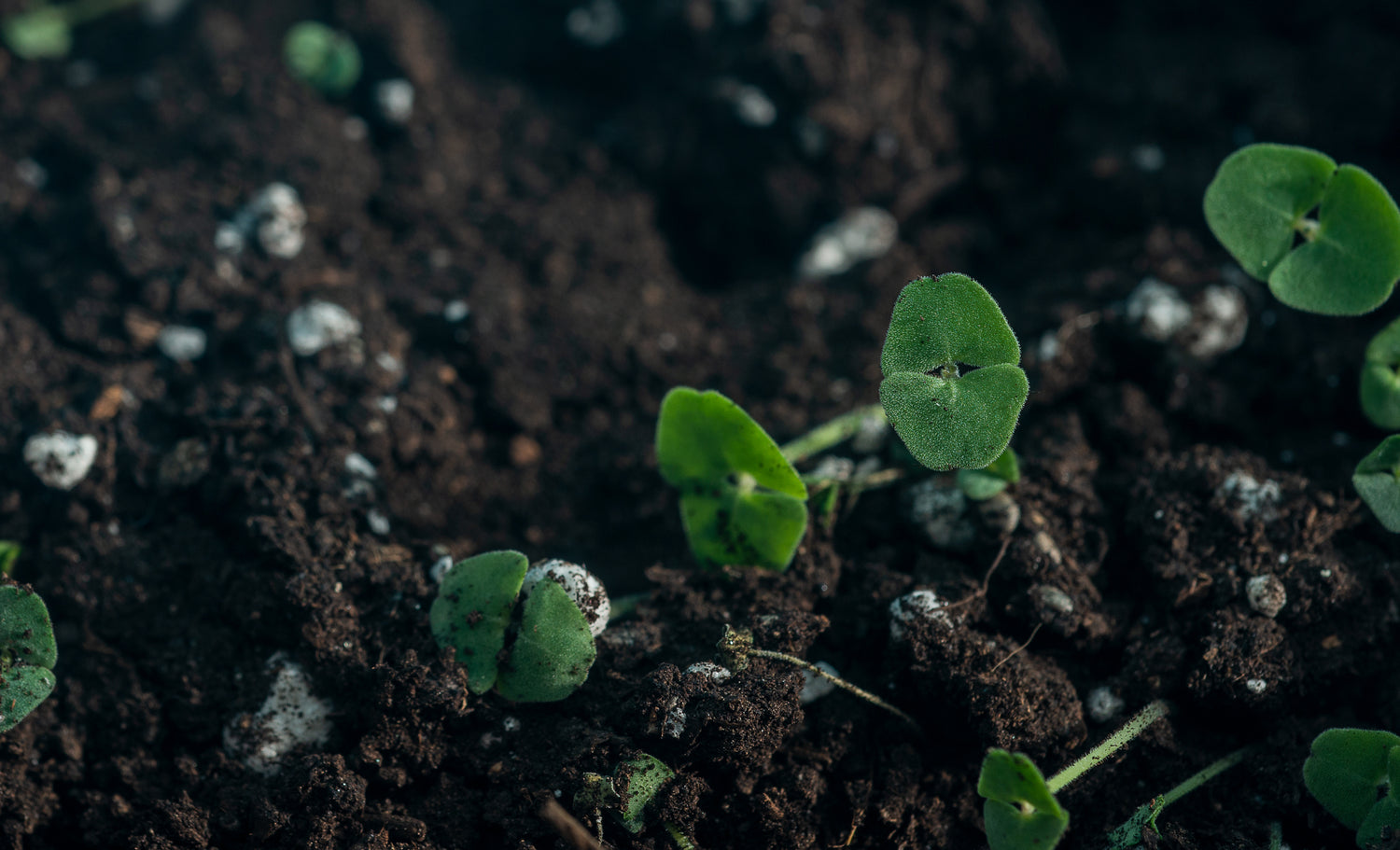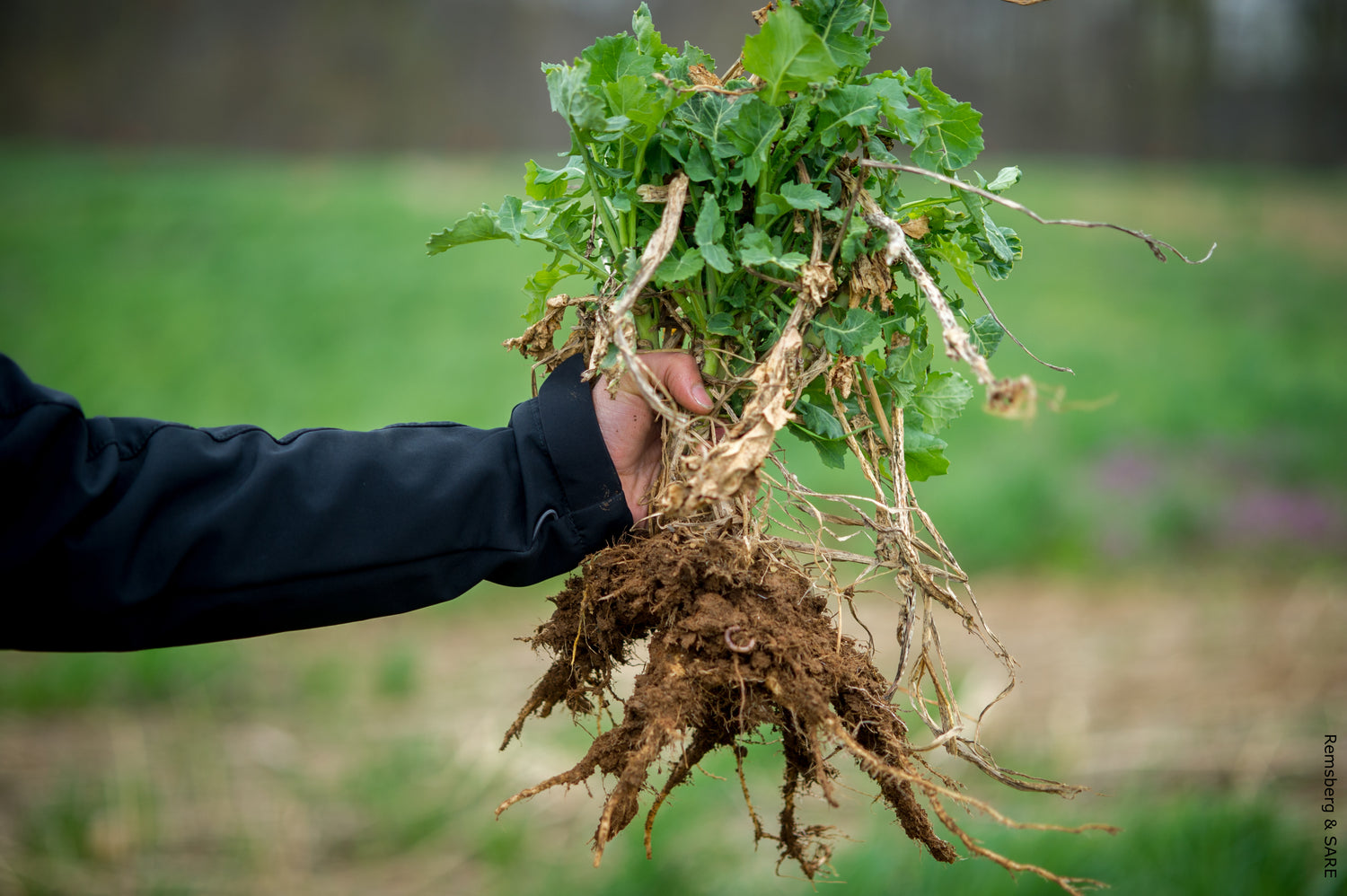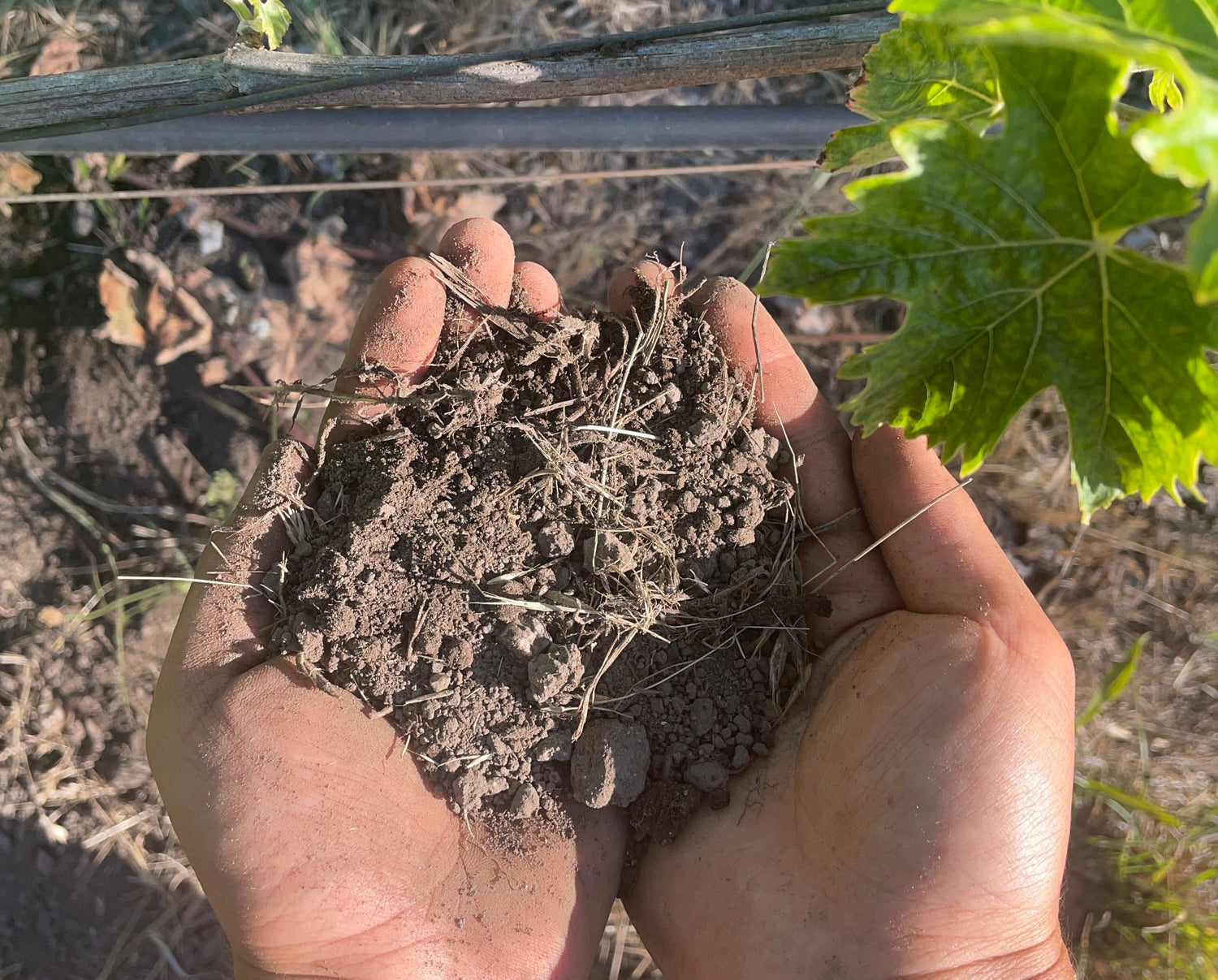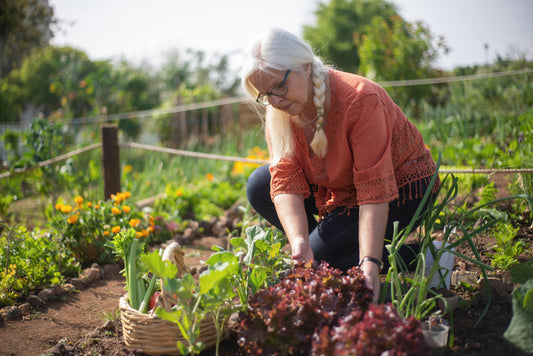Agricultural soil testing in North America has evolved beyond traditional nutrient analysis, with the Haney Soil Test emerging as the USDA's official Soil Health Nutrient Tool for comprehensive assessment of biological and chemical soil functions essential for sustainable farming success.
The Haney Soil Test: Revolutionizing Soil Health Assessment for Sustainable Agriculture in 2025
The Haney Soil Test transforms agricultural soil assessment by integrating microbial activity measurements with traditional chemical analysis, enabling farmers to reduce fertilizer costs by $15-20 per acre while maintaining or improving crop yields through precise biological nutrient management.
Soil health is the foundation of sustainable agriculture, driving crop productivity and ecosystem resilience. Traditional soil tests, focused on chemical nutrients like nitrogen (N), phosphorus (P), and potassium (K), often overlook the biological and ecological dynamics that define thriving soils. The Haney Soil Test, developed by USDA-ARS researcher Rick Haney, transforms this paradigm by integrating chemical, biological, and ecological metrics into a holistic assessment. This comprehensive guide explores the test's methodologies, significance, and transformative impact on farming practices, empowering growers to enhance soil vitality, reduce costs, and embrace regenerative agriculture.
Principles of the Haney Soil Test
The Haney Soil Test redefines soil assessment by capturing the interplay of chemical and biological processes, offering a comprehensive view of soil health. Unlike conventional tests that prioritize inorganic nutrient levels, this approach mirrors the natural complexity of soil ecosystems, providing actionable insights for sustainable management.
Integrated Approach to Soil Health
The test evaluates both chemical (nutrient availability) and biological (microbial activity) dimensions, reflecting the soil's ecological balance. This integrated approach to soil testing reflects the complex ecosystem of the soil, instead of depending upon the narrow measurement of inorganic N, P, and K. Research demonstrates that this comprehensive method provides more complete soil health insights than traditional chemical-only testing approaches.
Measuring Microbial Activity and Nutrient Availability
At its core, the test measures soil respiration as an indicator of soil microbial activity, and uses soil water extract and the H3A extractant to measure plant available nutrients. These metrics, influenced by root exudates and organic matter decomposition, reveal the vitality of the soil's microbial food web. The organic acids are then broken down by soil microbes since they are an excellent carbon food source, which returns the soil pH to its natural, ambient level.
Soil Health Score
The test generates a soil health score (0–50), calculated from respiration, carbon, and nitrogen ratios, providing a benchmark for tracking changes over time. Scores above 7 indicate robust soil health, correlating with 10–12% yield increases in regenerative systems. The soil health calculation number can vary from 0 to more than 30. We like to see this number increase over time.
Nutrient Recommendations
The test provides nutrient recommendations for N, P2O5 and K20 for a variety of crops, based on biologically available nutrients rather than total chemical pools. In a large-scale study, Haney ran 3,200 samples, helping growers reduce nitrogen input costs by $15 per acre. These recommendations help farmers optimize fertilizer use while maintaining crop productivity.
Methodology of the Haney Soil Test
The Haney Soil Test employs innovative techniques to assess soil health, focusing on biologically relevant metrics. The methodology includes:
- Solvita CO2 Burst Test: Measures soil respiration as an indicator of soil microbial activity, with a low number <30 indicating low microbial activity.
- Water-Soluble Extracts: Uses soil water extract (nature's solvent) to quantify organic carbon and nitrogen available to plants and microbes.
- H3A Extractant: Simulates root exudates by using organic acids to extract nutrients, mimicking the production of organic acids by living plant roots to temporarily change the soil pH thereby increasing nutrient availability.
- C:N Ratio Analysis: A high C:N ratio >20 means that the organic N will not be mineralized and is unavailable to the plant.
Samples are collected from 0–6 inches deep, with 10-15 cores per 20 acres, mixed thoroughly, and shipped to certified labs for analysis. Results are typically delivered within 5-7 days, providing farmers with timely soil health insights.
Significance of the Haney Soil Test
The Haney Soil Test represents a paradigm shift in agricultural soil assessment, offering comprehensive insights that drive both sustainability and profitability.
Comprehensive Soil Health Insights
The USDA has adopted the Haney Test as its official Soil Health Nutrient Tool, recognizing its value in providing holistic soil assessment. By integrating biological, chemical, and ecological data, the test reveals soil dynamics overlooked by traditional methods, enabling targeted interventions that improve microbial activity and nutrient cycling.
Cost Savings Through Precision
The test's precise nutrient recommendations reduce input costs significantly. Farmers using the test report nitrogen savings of $15 per acre, with additional savings in phosphorus and potassium applications. These reductions help farmers maintain profitability while reducing environmental impact through decreased fertilizer use.
Advancing Regenerative Agriculture
Aligned with regenerative principles, the test promotes practices like cover cropping and reduced tillage that enhance soil carbon sequestration. The Rodale Institute conducts research that seeks to improve the viability, productivity and documented ecological services of organic farming, supporting the scientific foundation underlying regenerative agriculture approaches that the Haney Test helps farmers implement.
Implications for Agricultural Practices
The Haney Soil Test reshapes farming by prioritizing soil health as a driver of productivity and resilience:
- Shift to Biological Management: Emphasizing microbial activity encourages practices like crop rotation and cover cropping that enhance soil biological function.
- Reduced Environmental Impact: Lower fertilizer use reduces nutrient runoff, protecting waterways and improving environmental sustainability.
- Enhanced Resilience: Healthier soils demonstrate improved drought tolerance and reduced yield variability during extreme weather events.
- Economic Benefits: Farmers report improved profitability through optimized inputs and enhanced soil health.
The test supports diverse agricultural systems, from small-scale organic operations to large commercial farms, providing scalable soil health solutions.
Practical Application and Sampling
To maximize the test's benefits, proper sampling protocols are essential. Pull a furrow slice soil sample using either a standard soil core sampler, drill corer or spade. For fertility recommendations, take 10-15 cores at either 0-6" or 0-8" – making sure to keep consistent depths and not include sub soils. Make a single composite sample by combining all the cores in a plastic-lined paper soil bag and mark each sample with "Haney test" or "soil health test" to ensure proper handling by the lab.
Consistent sampling timing, such as pre-planting, helps track soil health trends over time. Annual testing is recommended for dynamic systems to monitor progress and adjust management practices accordingly.
Challenges and Limitations
While transformative, the Haney Test faces certain challenges:
- Interpretation Complexity: Soil health scores require context, and interpreting tests like the Haney can be difficult. Training and education are essential for proper result interpretation.
- Regional Variability: Haney fertilizer recommendations have not been tested and calibrated for all regions, requiring continued research for optimal regional applications.
- Temporal Considerations: The test provides a snapshot in time of soil health, since organic matter pools are in constant flux depending on microbial activity, management practices and the season.
Despite these limitations, the test's adoption continues to grow as farmers recognize its value for soil health management.
Future Directions and Innovations
Ongoing research continues to enhance the Haney Soil Test's capabilities:
- Enhanced Calibration: Research focuses on improving test accuracy across diverse soil types and climatic regions.
- Digital Integration: Development of digital tools and apps that link test results to precision agriculture systems for optimized farm management.
- Carbon Market Applications: The test's ability to quantify soil carbon changes supports farmer participation in emerging carbon credit markets.
These advancements aim to expand the test's utility and accessibility for farmers worldwide, supporting the global transition to sustainable agriculture.
Resources for Haney Soil Testing
Farmers and gardeners can access Haney Soil Test services through certified laboratories:
- Ward Laboratories (4007 Cherry Ave, Kearney, NE 68847): Full-service agricultural testing laboratory with over 40 years of experience providing comprehensive Haney testing.
- Regen Ag Lab (31740 Highway 10, Pleasanton, NE 68866): Established in 2019 on the foundation of providing accurate, reliable and impactful analytical testing services surrounding the principles of soil health and regenerative agriculture.
- USDA NRCS Soil Health Division: Provides sampling guidance and educational resources through their soil health assessment programs.
- Local Extension Services: Offer training and testing support, providing farmers with education on proper sampling techniques and result interpretation.
These laboratories follow standardized Haney test procedures to ensure consistent and reliable results for soil health assessment.
Conclusion
The Haney Soil Test represents a cornerstone of modern agriculture, offering a holistic approach to soil health assessment that integrates microbial, chemical, and ecological insights. By guiding precise nutrient management and supporting regenerative practices, it helps farmers reduce costs while enhancing yields and supporting ecosystem resilience. As the USDA's official Soil Health Nutrient Tool, this comprehensive assessment method continues to shape sustainable farming practices, ensuring soil health for future generations while supporting current agricultural productivity and profitability.
Sources
- USDA Natural Resources Conservation Service. Soil Health Nutrient Tool (Haney Test). https://www.nrcs.usda.gov/sites/default/files/2022-09/HaneyTest.pdf
- Noble Research Institute. How To Measure Soil Health With The Haney Test. https://www.noble.org/regenerative-agriculture/soil/how-to-measure-soil-health-with-the-haney-test/
- University of Minnesota Extension. 5 things to know about the Haney soil health test. https://blog-crop-news.extension.umn.edu/2020/05/5-things-to-know-about-haney-soil.html
- Ward Laboratories. Agricultural Testing Services. https://www.wardlab.com/
- Regen Ag Lab. Regenerative Agriculture Laboratory Services. https://regenaglab.com/
- Rodale Institute. Global Leaders in Organic Agriculture Research. https://rodaleinstitute.org/
- USDA Natural Resources Conservation Service. Soil Health Assessment. https://www.nrcs.usda.gov/conservation-basics/natural-resource-concerns/soils/soil-health/soil-health-assessment












